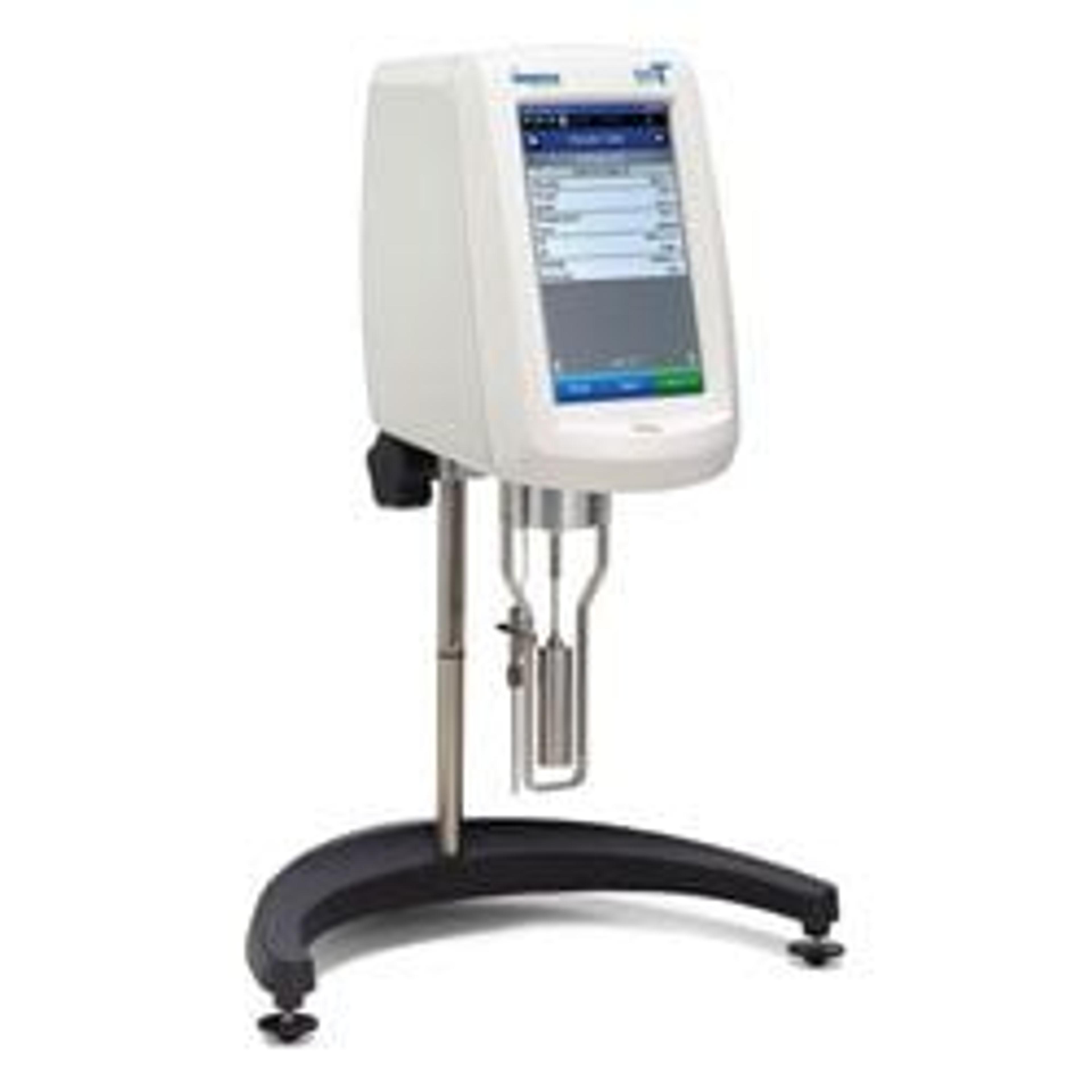Exclusive Interview: Prof Matthew Hall Reveals How Glass Could Change the Landscape of Energy Consumption– Part 1
2 Dec 2014
Professor Matthew Hall is an Associate Professor and Director of the New York State Center for Advanced Ceramic Technology at Alfred University. In this exclusive SelectScience interview, he discusses how glass can be used to purify DNA and for healthcare applications, and how glass could change the landscape of energy consumption.
What are your research interests?
MH: The themes of my research program revolve around the formulation, processing and characterization of glass, with the majority of our projects relating to the use of glass in energy or healthcare applications.
What are the benefits of using glass in energy applications?
MH: The energy-related projects involve the use of a glass as an enabling material in solid oxide fuel cells and high temperature batteries. The commercialization of such technologies would radically alter the way society produces and consumes energy, particularly from renewable sources.
How can glass be used in healthcare applications?
MH: Our work has focused on the study of therapeutic bioactive glasses that exhibit significant chemical reactivity when placed in a physiological environment. These materials are frequently developed for hard tissue repair in dental and orthopedic settings. We are also considering other functionalities, such as anti-microbial and anti-inflammatory glasses.
How can glass be used to purify DNA?
MH: Glass is traditionally used in the form of small diameter fibers that have a correspondingly high surface area. The electrical surface charge of these glass fibers is negative at the pH of typical solutions containing DNA, which is also negatively charged. As such, there is generally not a strong driving force for adsorption of DNA to the glass surface, and so other agents such as chaotropic salts are added to induce adsorption. These additives need to be rinsed away from the purified DNA to prevent interference with downstream processes. My group worked on developing a glass that had an inherently positive surface charge under similar conditions, thereby avoiding the expense and possible contamination associated with the chemicals that are used in traditional purification procedures.
What equipment do you use to perform your research?
MH: The characterization of the glasses we develop involves many different tools and techniques:
• Quantitative compositional analysis is carried out using ICP, XRF, and electron microprobe.
• Thermal processing depends on a variety of ovens and furnaces whereas the properties of glasses are commonly evaluated using a combination of DSC/DTA, dilatometry, hot stage microscopy, and high temperature viscometers.
• Atomic scale structural analysis can be accomplished using a variety of spectroscopic techniques, including FTIR, Raman, NMR, and XPS.
• Projects involving bioactive glasses also require in vitro cell culture studies – typical equipment consists of cell incubators, cell counters, a laminar flow hood, centrifuges and autoclaves.
What is the future of your research?
MH: I anticipate that we will continue to work on developing glasses for various energy related applications, given the vast number of technologies that use glass in one form or another (eg, solid oxide fuel cells, batteries, fiber-reinforced turbine blades, photovoltaics, etc). I also look forward to continuing our research in pharmaceutical glass packaging, with the goal of making an impact on the analytical methodology used to assess quality and chemical stability.
You can read about Professor Hall’s work on pharmaceutical glass packaging in Part 2 of this interview.


